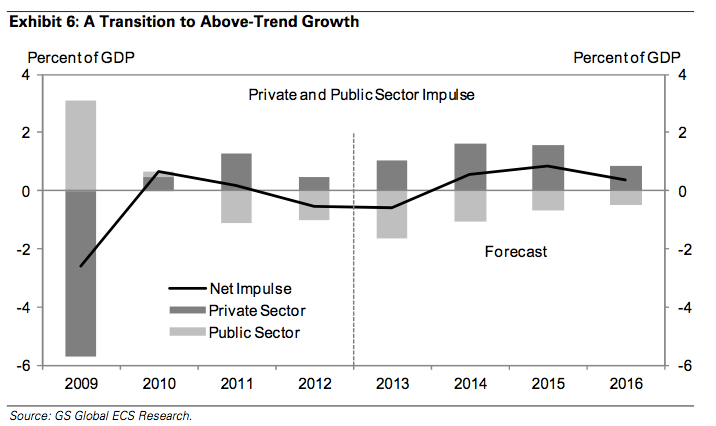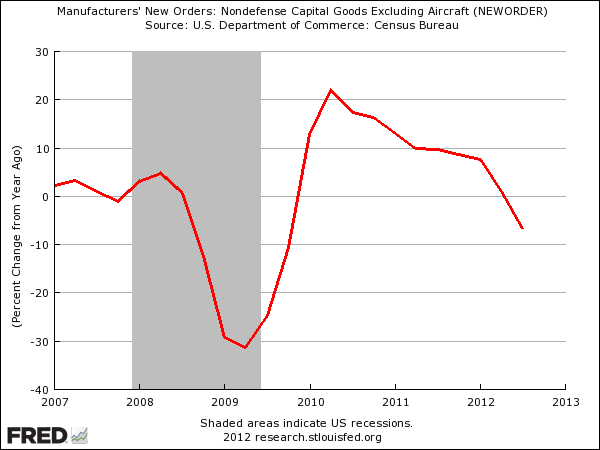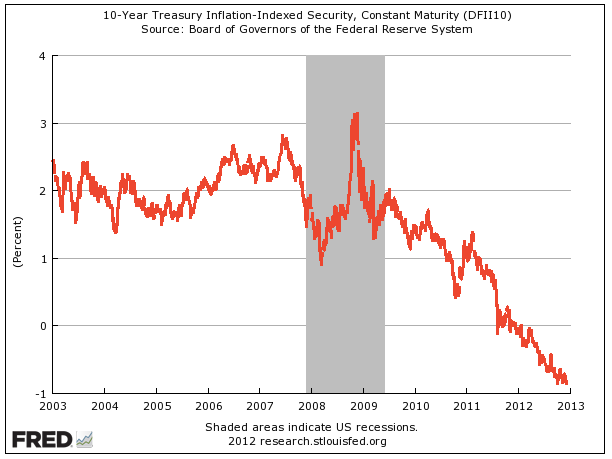- Reaction score
- 36
- Points
- 560
More on how we are tied to the US economy and how US politics intrudes upon our decision making. Frankly, attempts to legislate what we drive will simply result in more and more old cars staying on the road as people realize the trade off between paying $10,000 more for a car is hardly worth a $900 reduction in your fuel bill (not to mention that such cars will probably not meet the needs of the vast majority of people).
http://opinion.financialpost.com/2012/11/29/peter-foster-mandating-cars-people-dont-want/
http://opinion.financialpost.com/2012/11/29/peter-foster-mandating-cars-people-dont-want/
Peter Foster: Mandating cars people don’t want
Peter Foster | Nov 29, 2012 8:34 PM ET | Last Updated: Nov 29, 2012 8:45 PM ET
More from Peter Foster
Peter Kent’s U.S.-based fuel standards will not have any impact on climate
“I’m from the government, and I’m here to save you money.” That was the implausible line peddled this week by Environment Minister Peter Kent as he announced new fuel-economy standards for Canadian auto manufacturers.
On Tuesday, just before jetting off to yet another pointless climate conference, in Doha, Mr. Kent announced what he called “good news.” The government would be forcing the auto industry to make cars consumers might not want, but this could save motorists $900 in gasoline a year. He quoted a marvellously precise and yet random-seeming average fuel consumption of “54.5 miles per U.S. gallon” by 2025. The units make it clear that the figure was dictated by Washington, not Ottawa.
A recent U.S. congressional investigation expressed outrage that President Barack Obama had pulled the target figure from his, er, back pocket, with manipulation to accommodate his moonshot/Soviet-style commitment (same thing really) to have a million electric cars on the road by 2015.
By 2025, according to Mr. Kent’s mirror plan, cars will be using “up to” 50% less fuel and producing “almost” 50% fewer greenhouse gas emissions. This begs a number of questions on both sides of the border: Will consumers buy these vehicles? If they don’t, what happens to auto manufacturers? And what impact will the reduction of greenhouse gas emissions have on the global climate, even assuming that the “official” hypothesis of catastrophic man-made global warming is accurate?
The last-mentioned issue is in no doubt: these restrictions will have not the slightest impact on the climate and thus can be justified only on the rather bizarre basis, as Mr. Kent put it, of being “the right thing to do.” You know, like wearing a hair shirt, or going on a long pilgrimage on your knees, or adopting a diet of locally-grown kale.
Mr. Kent claimed that these actions “prove that we can both tackle climate change and save at the pump both at the same time.”
Well, sort of, as long as you realize that “tackling” is in no way synonymous with producing tangible results, and “saving at the pump” comes at potentially considerable cost elsewhere, primarily in the price of new vehicles, which some have estimated will have to rise by $10,000 by 2025. Mandating cars people don’t want doesn’t come cheap. Just look at the sticker shock of the Chevy Volt.
Mr. Kent went on to claim that “Since these proposed regulations align with the stringent standards of the United States, they will not only deliver important environmental benefits, but they will also keep our manufacturers competitive. And that will protect Canadian jobs.”
Again, that statement requires a little interpretation, lest it be taken to mean that government specification of automobile features might promote jobs or growth. What it actually means is that unless Canada aligns its standards with those of the U.S. — whether those standards make sense or not — then it will be subject to possible green trade sanctions. Mr. Kent was not talking about creating jobs but preventing them from being destroyed by stupid policy. In fact, these fuel standards are quite possibly forcing GM to reprise its role as Thelma and/or Louise, heading once more for the financial precipice.
Certainly, if you are determined to have market- and job-destroying restrictions on automobile manufacture, it makes sense to have common North American standards, since a Balkanized system would cost even more jobs, but this is hardly a cause for celebration.
These new fuel-economy restrictions are part of a broader commitment by Canada — again paralleling the U.S. — to reduce greenhouse gas emissions by 17% from 2005 levels by 2020. Again, this target has no logical or scientific basis.
The Harper government has been producing an inevitable smoke-and-mirrors, sector-by-sector approach to “tackling” its U.S.-mandated targets. Mr. Kent repeated the claim on Tuesday that Canada is already “halfway” towards meeting those 2020 emissions objectives. What he meant is that projections are halfway there. As previously noted here, this equates to a dieter committing to lose 20 pounds and suggesting he is “halfway there” because he projects losing 10 pounds by a certain date.
Canada’s real pterodactyl in the ointment is the oil and gas sector, for which the Harper government claims it will issue regulations next year. The problem — which would only be a problem in a world of carbon-constrained insanity — is that oil sands output is projected to soar over the coming two decades. The current “solution” is for emissions to be buried, literally, via carbon capture and storage (CCS) plants. So far, Canada has one such plant on the drawing board, the Shell-led Quest project. Unfortunately, the project’s $1.35-billion cost had to be subsidized to the tune of $745-million by Alberta and $120-million by Ottawa. CCS is a solution Canada can’t afford, even if it did have any impact on the climate.
The Harper government has done a creditable job in dealing with the mess the Liberals left on the climate file, but the climate policy game is still the economic equivalent of Russian Roulette. Unfortunately, an enthusiastic player is back in the White House and, due to the size of its trading relationship, Canada can’t leave the table.





